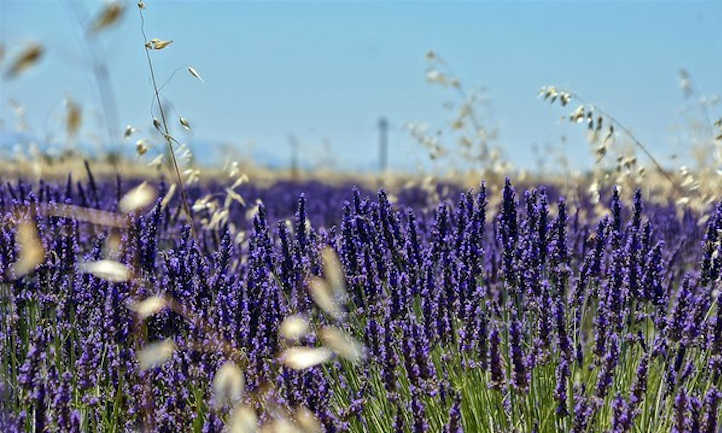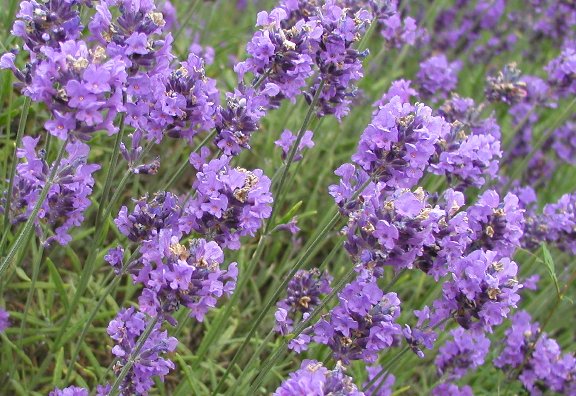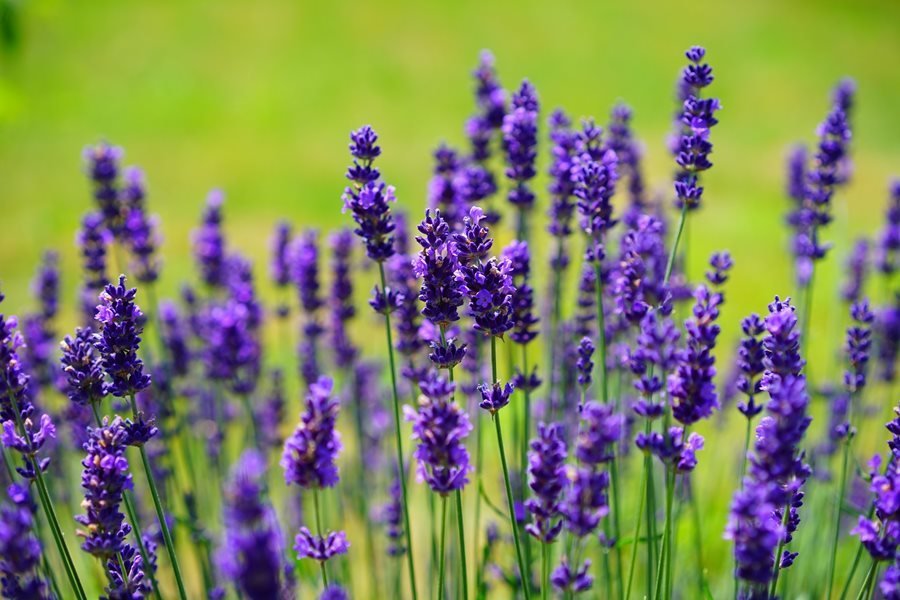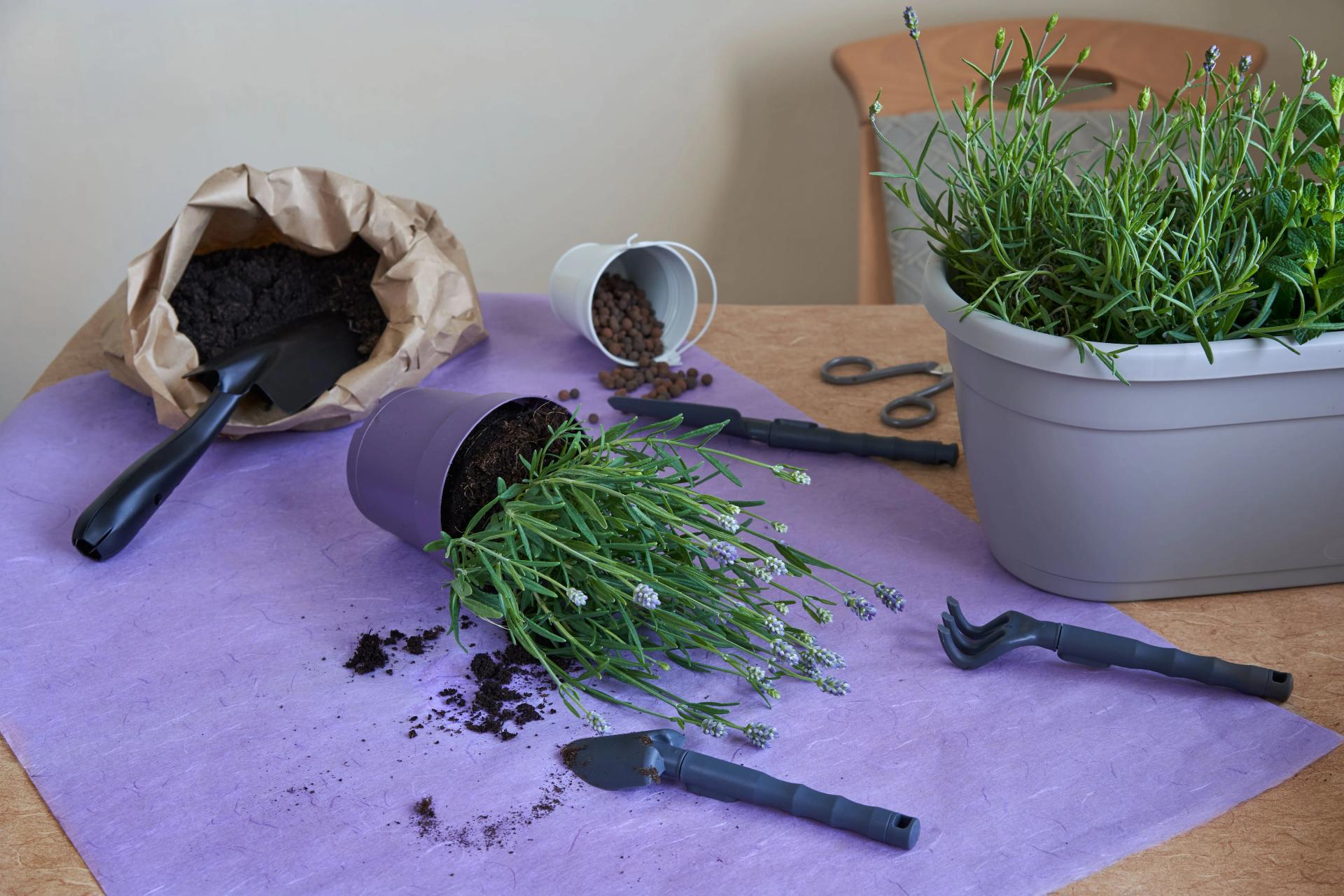
×

Lavender blossoms have a timeless charm. These flowers are very famous for their beauty and sweet scent. It is a beautiful treat the can convert your garden space into a calm haven.

Plant lavender in a sunny place where it gets lots of sunlight every day.
The soil should not be extra wet than required.
Get lavender plants from a nursery.
Spring and early summer are great times to plant lavender.
Lavender doesn't like too much water. Water the soil frequently.
Trim away any dead parts to help the plant stay healthy.
Lavender takes time to grow big and strong, so be patient and watch it bloom.
This article includes basic lavender growing tips. It's like a delightful experience. You will get to care and see your very own plant grow. You will also learn to grow lavender and make your surroundings attractive. Theses lavender growing tips cover everything. Learn to select the proper lavender variety for your location, and the right amount of sunlight and water.
Lavender can offer a beautiful change to your garden. Let us now look at how lavender growing tips may benefit your garden:
1. The sweet smell of lavender pervades the air, making your garden relaxing. It also attracts pollinators like butterflies.
2. The purple, pink, or white blossoms of lavender bring rich colors to your garden.
3. Lavender attracts bees, which are crucial pollinators. It helps your garden plants grow.
4. The aroma of lavender can prevent pests such as mosquitos and flies. This makes your outdoor environment more enjoyable.
5. Lavender requires less water and care compared to other plants. This makes it an affordable choice.
6. The calming presence of lavender transforms your garden into a peaceful shelter.

It takes time and work, the benefits may be quite satisfying. Here's a step-by-step tips for growing lavender from seed:
Choose a lavender variety to grow from seeds. Remember that not all cultivars yield identical plants through seed propagation. Cuttings or divisions may be a preferable alternative for particular cultivars.
It takes one to three months for lavender seeds to grow. It is critical to begin early and to be patient.
Lavender seeds need warmth to germinate. It takes between 65 and 70 degrees Fahrenheit (18-21 degrees Celsius).
Shallow seed trays are best for planting. Cover the seedy with soil or a vermiculite blend.
Keep the seeds moist but not soggy. Finding a sunny position, can help keep the moisture level stable and give warmth.
Your lavender seeds will transplant after they have several leaves. Be aware that the initial increase in the first year may be little.
Don't expect excessive growth in the first year. But, you should expect vigorous lavender plants in full bloom by the second year.

Lavender is a difficult plant to grow for a various reasons. While its beauty rewards patience, a few factors contribute to its image as a picky plant.
The reason why lavender is hard to grow is as follows:
Lavender prefers well-drained, sandy, or rocky soil. Heavy or clay-like soil can cause root rot and delay development.
Lavender likes drier circumstances. Overwatering can promote fungal infections and suffocate the roots.
Lavender is a sun-loving plant that requires enough light to grow. Inadequate sunlight might cause slow growth and fewer flowers.
Lavender is prone to frost damage, especially in the winter. It requires protection in cold weather.
Lavender has to be pruned to stimulate new growth. Inadequate trimming might result in woody, unproductive plants.
Lavender has some climatic needs. Different types of lavender may suffer in humid or wet areas.
It might take many years for lavender to grow and meet its flowering potential.
Read Also: The Ultimate Guide to Growing Potatoes
You can follow various lavender growing tips to plant this scented flower.
Let's follow these 10 simple actions to grow lavender
Buy a lavender plant from a nearby nursery. They are aware of what works well in your location.
Lavender likes the sun. Find a location in your garden that receives at least 8 hours of direct sunshine every day.
Check that the soil isn't too damp. Lavender prefers sandy, dry soil. If it's too moist, add some sand to assist the water drain.
:max_bytes(150000):strip_icc()/SPR-how-to-propagate-lavender-2343-hero-e50ba0f745bc41a497194be952cfabc5.jpg)
To see if the soil is suitable for lavender, use a particular tester. Make sure that the pH of the solution is 6.5 to 7.5.
Make a hole that is larger than the plant's roots. Lavender is like getting comfy in the earth.
Fill up the hole with composted manure or bone meal.
Remove any plant portions that are dead. Remove the extra dirt from the roots.
Place the lavender in the hole, covering the roots with earth. Pat the earth around the plant with your hands.
When the soil is dry, water the lavender. Soak it well. If it rains a lot, don't worry; you can forgo watering.
In the spring, sprinkle bone meal with compost to help the plant grow. Keep a watch out for and prune dead shoots. Harvest the blooms as they begin to open. Hang the blossoms upside down to dry; you may use them for crafts or to manufacture essential oil.
.